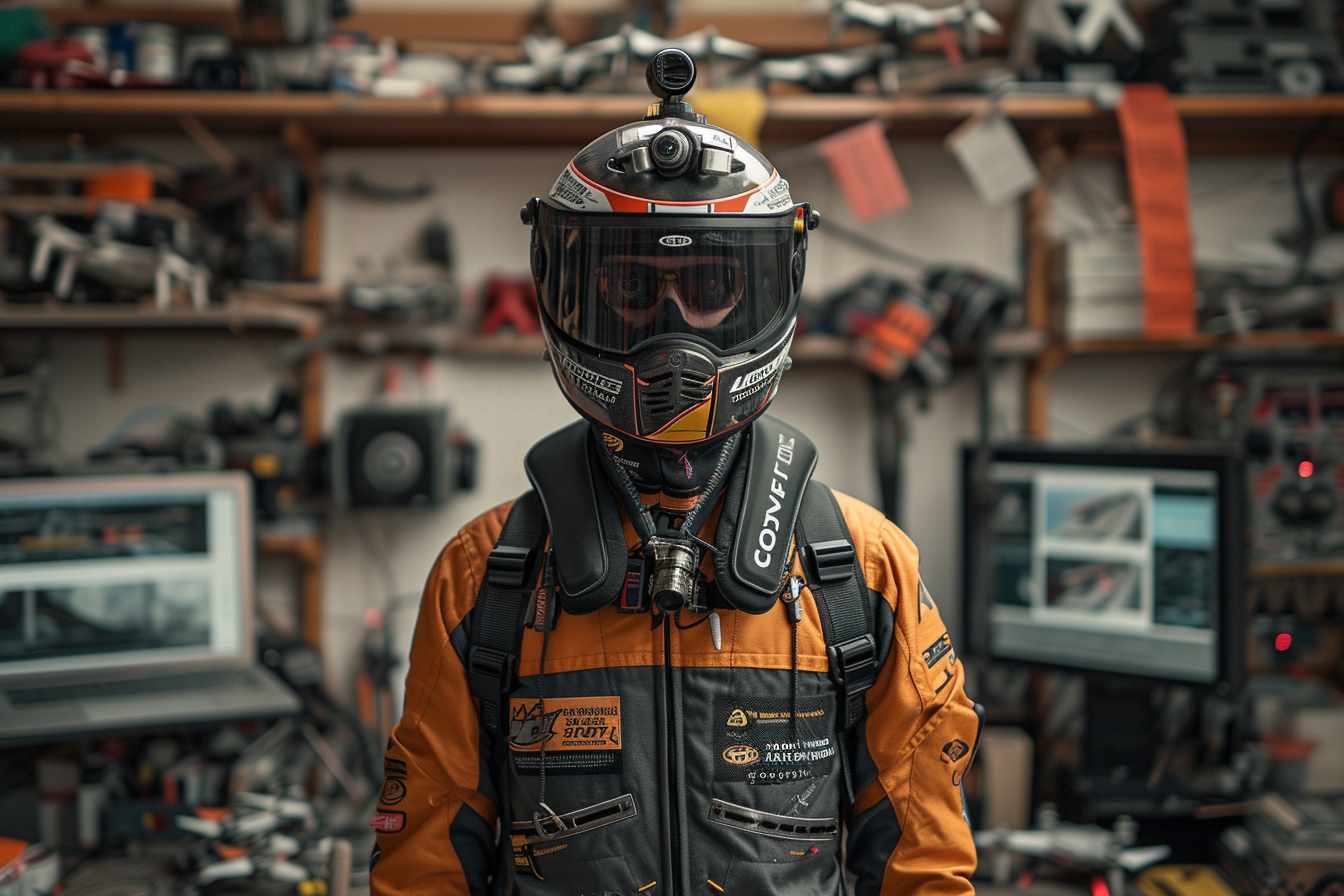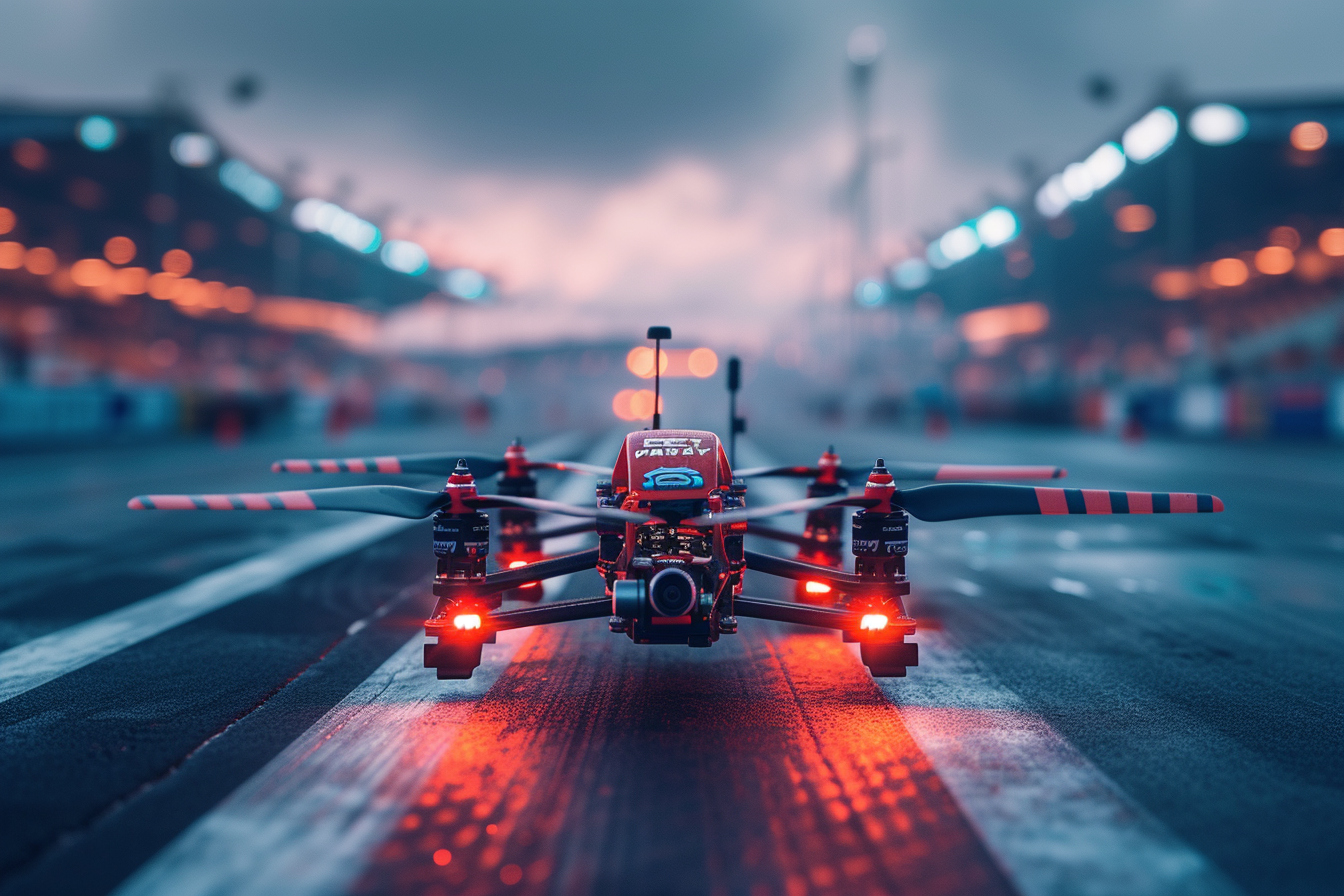Drone racing captivates enthusiasts worldwide with its perfect fusion of high-tech innovation and adrenaline-pumping competition. In this comprehensive exploration of the sport, discover how to navigate the latest trends and gather practical tips that will elevate your drone racing proficiency.
Understanding drone racing
Drone racing involves pilots maneuvering quadcopters or other types of drones through a set course as quickly as possible. Each pilot watches from a first-person view (FPV) through specialized goggles that stream video from a camera on the drone. This immersive experience is akin to sitting in the cockpit, providing pilots with a thrilling perspective as they zip through obstacle-laden tracks.
The evolution of drone racing
Initially a grassroots hobby, drone racing has rapidly evolved into a professional sport, with leagues such as the Drone Racing League (DRL) bringing structured competition to global audiences. Technology improvements, like enhanced FPV goggles and more efficient propulsion systems, constantly push the boundaries of what these high-flying machines can achieve.
Drones and equipment
When entering the world of drone racing, the selection of gear is paramount.
Racing drones
Racing drones are generally smaller and more agile than their recreational counterparts. They prioritize speed and maneuverability, boasting lightweight frames and powerful motors capable of reaching speeds over 100 mph.
Essential gear
The right equipment can significantly affect your racing performance.
- FPV Goggles: For an immersive racing experience and precise navigation.
- Controllers: High-quality transmitters offer better responsiveness.
- Batteries: High-capacity, high-discharge batteries ensure optimal power and flight time.
- Flight Controllers: The ‘brain’ of your drone, regulating stability and agility.
Latest trends in drone racing
Drone racing thrives on innovation, constantly influenced by technological advancements.
Spectator experience
Organizations are working toward making the sport more spectator-friendly, integrating augmented reality (AR) elements that help audiences follow the fast-paced action.
Artificial intelligence
AI is starting to be infused in the racing scene, with competitions like the AlphaPilot Challenge inviting teams to develop AI capable of beating human pilots.
Drone design
New materials and improved aerodynamics are reshaping drone designs, leading to lighter and more energy-efficient racers. Moreover, 3D printing is empowering custom-built drones tailored to pilots’ preferences.
Tips for aspiring drone racers

To excel in drone racing, one must go beyond owning cutting-edge gadgets. Skills development and strategic know-how are vital components for success in this competitive sport.
Master the basics
Before diving headlong into racing, one should become proficient in basic flight control. Practice routine maneuvers in a safe, open space to build muscle memory and reaction time.
Simulator training
Flight simulators are invaluable tools for honing skills. They allow pilots to experience realistic race conditions without the risk of crashing expensive equipment.
Join a community
Participating in a community connects aspiring pilots with experienced racers who can offer mentorship and advice. Local clubs and online forums are excellent resources for learning and support.
Analyze and adapt
Record your flights and analyze your performance. Identify mistakes and areas for improvement, and adjust your strategies accordingly.
Invest in the right drone
Choose a drone that suits your level and racing style. Beginners may benefit from models with more stability, while seasoned pilots might prefer customizable options.
Participate in races
Local races provide a practical platform to test your skills against others, gain experience, and learn from fellow racers.
Navigating drone racing regulations
While exhilarating, drone racing must be conducted within legal boundaries. Most countries have specific rules regulating the use of drones, including maximum altitude, no-fly zones, and pilot certification. Always ensure compliance with local regulations before taking off.
Exploring advanced techniques
Drone racing’s competitive nature demands that pilots continually refine their technique.
Precision turns
Tight cornering can shave seconds off lap times. Mastering the throttle and control stick movements for sharp turns is an essential skill for competitive racing.
Throttle control
Understanding the delicate balance of throttle application helps maintain speed without sacrificing control. Efficient throttle management conserves battery life and ensures consistent performance.
Race strategy
Analyzing courses and competition allows racers to develop tactics, such as identifying the optimum racing line or deciding when to overtake.
Drone maintenance
Regular maintenance of your drone ensures peak performance. This includes checking propellers, motors, batteries, and electronic components for wear or damage.
Beyond racing: the future of drones in society
Drone racing may hint at broader applications for drone technology. The skills developed in piloting drones at high speeds have implications for search and rescue, surveillance and agriculture, showcasing how a hobby can evolve into impacting various facets of life.
The sport of drone racing rockets forward, with innovation at its core and a burgeoning community behind it. Participants and spectators alike remain captivated by the technology and competition. Aspiring pilots should immerse themselves in continual learning and practice, leveraging communities and staying abreast of regulatory developments. With dedication and the right approach, the sky’s the limit for enthusiasts eager to make their mark in the expanding universe of drone racing.


Leave a Reply